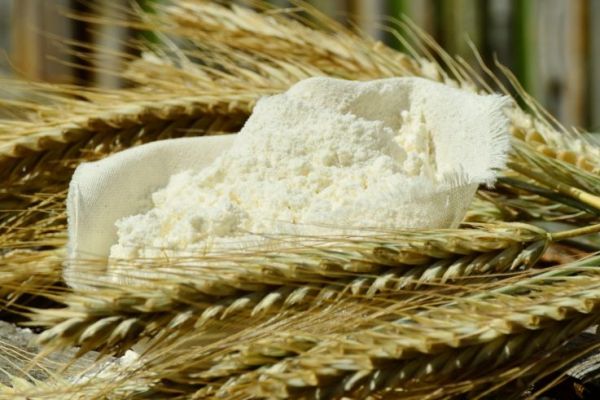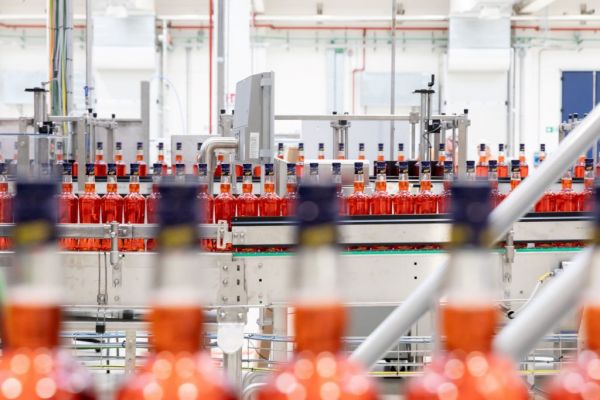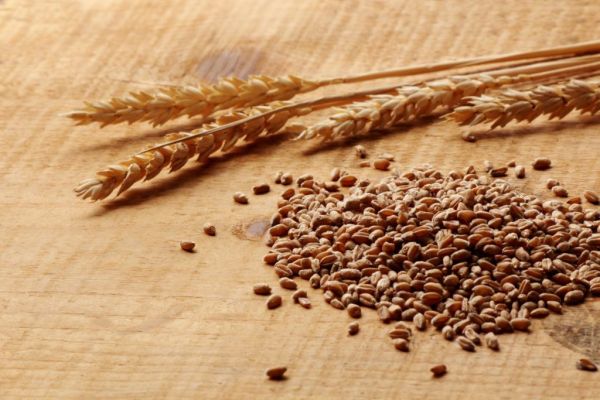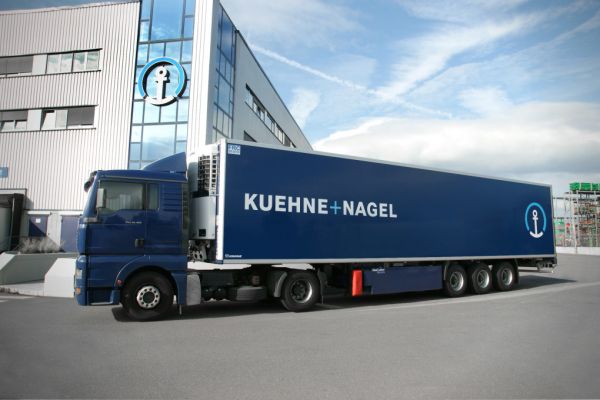The worst cocoa price rout in more than 17 years is raising concern that farmers in South America may quit growing the raw material used in chocolate, and shift to alternative crops such as cocaine, industry groups said.
The beans traded on ICE Futures US in New York have tumbled for the past five months, the longest slide since May 1999. Cocoa is trading near the lowest since March 2013, pushed down by an expected global surplus.
In Ecuador, the world’s third-largest exporter, the industry is “very concerned” that the current price of about $2,100 a tonne will discourage farmers, prompting them to seek better returns from bananas, corn, rice or shrimp, said Juan Pablo Zuniga, president of the National Association of Cocoa Exporters.
Current prices barely cover production costs that range between $1,800 and $1,900 a tonne, he said in a telephone interview from Guayaquil. Yields are typically below 500 kilograms per hectare (1,102 pounds) on ageing and small properties, which make up about 40% of the country’s planted area. That’s far less than the 2 tonnes per hectare that farms with new, higher-yielding varieties can produce.
Making Cocaine
Unfavourable weather spurred by El Niño’s weather pattern in Ecuador cut supplies by 18% to 248,000 tonnes in 2015-16. Output is expected to rebound this year to 280,000 tonnes, cementing Ecuador as the third-largest shipper of beans behind the Ivory Coast and Ghana.
In Peru, where a four-year cocoa rally through 2015 encouraged former coca farmers to quit growing the raw material to make cocaine, concern is growing that weak returns will encourage a return to illegal alternatives, said Eduardo Montauban, general manager of Peru’s coffee chamber.
While President Pedro Pablo Kuczynski wants to promote more cocoa and coffee production to deter illicit plantings, current prices may make that goal difficult to achieve.
“If prices fall further, that could reduce next year’s production,” Montauban said by telephone from Lima. “Coffee and cocoa have been the leading alternatives to the development of coca production.”
Peru’s cocoa crop production climbed about 59% over the past five years to 55,800 tonnes in 2015 as rising prices attracted more growers, Montauban said, citing government data. Growers had been encouraged by high prices after they sold their beans at an average of $3,096 a tonne in 2016, and $3,200 in 2015. Futures have averaged $2,173 a tonne this year in New York.
Citigroup Inc. and Rabobank International expect a global surplus in the season that started 1 October. Ecuadorean shippers are optimistic that futures will rebound to $2,500 to $2,700 in the second half of the year as global demand recovers, led by Asia.
News by Bloomberg, edited by ESM. Click subscribe to sign up to ESM: The European Supermarket Magazine.














